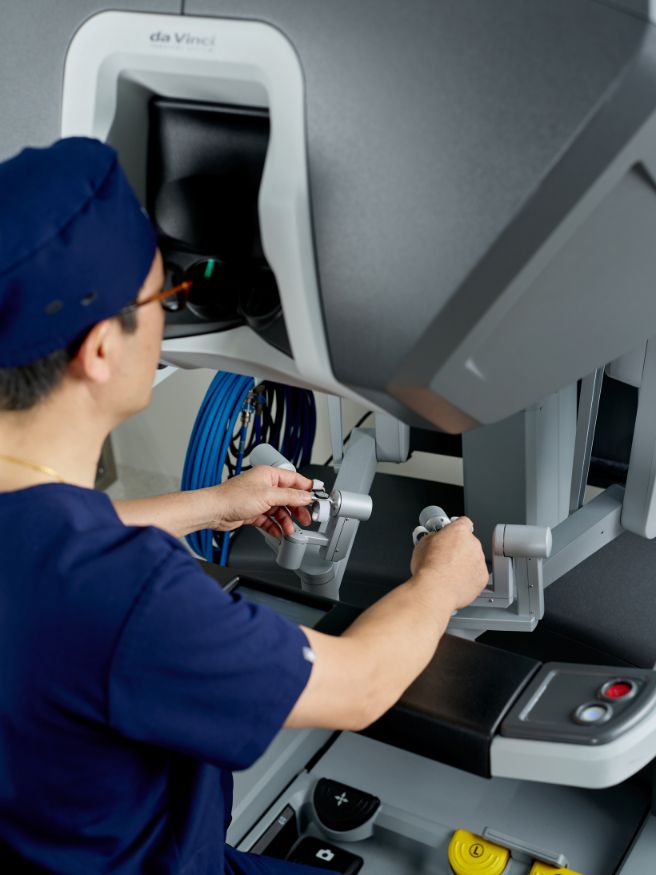Bladder Neck Incision (BNI) is a minimally invasive surgical procedure designed to relieve urinary obstruction caused by a tight bladder neck—the narrow part of the bladder that connects to the urethra. This condition can reduce urinary flow and lead to bothersome lower urinary tract symptoms (LUTS), even in men without prostate enlargement.
BNI aims to release the constricted bladder neck muscles, restoring normal urine flow and improving quality of life.
Why does the bladder neck become tight?
A tight bladder neck may occur due to:
- Age-related muscle thickening
- Scarring from previous surgery (e.g. TURP, prostatectomy)
- Catheterisation or trauma
- Radiation therapy
Symptoms of a tight bladder neck
Men with bladder neck narrowing may experience:
- Weak urine stream
- Urinary urgency and frequency
- Nocturia (waking at night to urinate)
- Incomplete bladder emptying

Who is suitable for Bladder Neck Incision?
BNI may be appropriate for:
- Men with lower urinary tract symptoms due to bladder neck obstruction
- Men with small prostates not suitable for procedures like TURP or HoLEP
- Patients who want to avoid long-term medication
Benefits of Bladder Neck Incision
- Immediate and durable improvement in urinary flow and bladder emptying
- Minimally invasive with no skin incisions
- Short hospital stay and quick recovery
- Avoids long-term medication use
How is the Procedure Performed?
- Performed under general anaesthesia
- A cystoscope (small camera) is passed through the urethra to the bladder
- Electrocautery is used to incise the bladder neck on one or both sides
- Procedure duration: usually under one hour
- A catheter is placed post-operatively for 1–2 days
What to Expect After BNI
- Improved urinary stream and bladder emptying are often noticeable soon after surgery
- Blood in the urine, burning, or urgency are common for 2–4 weeks and usually resolve without treatment
- Urinary frequency and nocturia may take up to 3 months to improve
- Some patients may require a repeat procedure if scar tissue reforms
- There is a risk of retrograde ejaculation, which is usually permanent—discuss with your urologist if this is a concern
Post-Operative Care
Common Effects
- A catheter may remain in place for 1–2 days
- Blood in urine for 2–4 weeks is normal and may be intermittent
- Burning or stinging with urination may last days to weeks
- Urgency and frequency may take time to resolve
- Pelvic floor physiotherapy may assist with persistent symptoms
